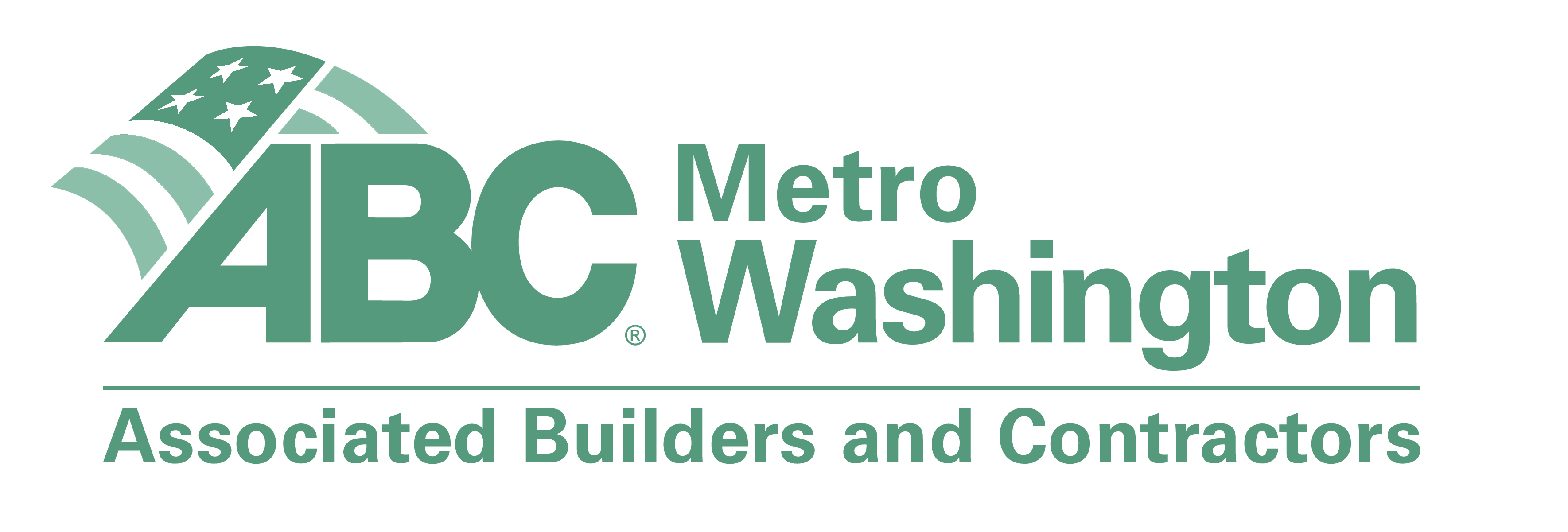Commercial Tree Care: Health, Pruning & Prevention
3 Pillars of Commercial Tree Care: Health, Pruning, & Prevention
Long-Term Tree Care Starts with a Plan
Trees are more than just a nice touch in your landscape—they’re an investment. For commercial properties, trees enhance curb appeal, offer energy-saving shade, and show tenants, visitors, and clients that you care about your environment. But they require consistent attention to stay healthy and safe.
At Complete Landscaping Service, our team of certified arborists and tree care experts brings decades of experience in professional tree care to properties across Northern Virginia, Maryland, and Washington, DC. We use a proactive, science-backed approach to commercial tree care that focuses on three essential pillars: promoting tree health, identifying pruning needs, and preventing disease and insect issues.
Whether you’re managing an HOA, a retail center, or an office park, this guide will help you better understand how to care for the trees on your property and protect one of your most valuable landscape assets.
1. Encourage Proper Tree Health
Healthy trees start with a strong foundation—and that begins the day they’re planted. Many problems we encounter later in a tree’s life can be traced back to poor planting techniques or the wrong tree species for the location.
We help commercial property owners choose trees that are well-suited to their environment, factoring in soil conditions, drainage, sunlight, and space for growth. For example, fast-growing deciduous trees might be great for quick shade but may require more frequent tree maintenance and structural pruning early on.
Once planted, ongoing care is key. This includes:
-
Mulching properly to retain moisture and protect roots
-
Deep root fertilization to support nutrient absorption
-
Monitoring soil compaction, especially in high-traffic areas
-
Inspecting tree trunks and canopies for early signs of decline
If trees aren’t properly cared for from the start, they may struggle to thrive—or even survive.
✅ Tip for Property Managers: Trees planted near parking lots or sidewalks often suffer from heat stress and salt exposure. Prevent damage by selecting salt-tolerant species and maintaining a clear mulch zone around the base.
2. Identify Pruning Needs with Purpose
Pruning is not one-size-fits-all—and doing it incorrectly can do more harm than good. At Complete Landscaping, our commercial tree care services include carefully timed and goal-driven pruning based on the species, age, and condition of each tree.
There are three key reasons we prune:
-
Safety: Removing dead, dying, or structurally unsound limbs reduces the risk of falling branches, protecting both people and property.
-
Structure: Young trees benefit from shaping cuts that guide strong future growth. Early attention to structure minimizes expensive corrections later.
-
Clearance: Ensuring adequate space around buildings, walkways, signage, and lighting is essential for safety, visibility, and access.
We use proper pruning techniques that align with ISA (International Society of Arboriculture) guidelines. Each cut is deliberate and made in a way that promotes healing, rather than opening the tree to infection.
✅ Tree Pruning Safety Note: Improper cuts can create wounds that allow insects and disease to enter. We recommend that all pruning, especially on mature trees, be performed by trained professionals.
✅ Best Time to Prune: While some light pruning can be done year-round, the dormant season (late fall to early spring) is ideal for most species. It reduces stress and minimizes pest exposure.
3. Prevent Stress, Disease & Insects
Tree stress is often invisible—until it’s too late. Trees under stress are more susceptible to tree disease, insect infestations, storm damage, and even failure. In urban and commercial landscapes, common stressors include:
-
Soil compaction
-
Heat from paved surfaces
-
Over- or under-watering
-
Poor planting practices
-
Root damage from construction
One of the best defenses is early intervention. Our arborists inspect trees regularly for warning signs like leaf discoloration, cankers, reduced canopy density, or unusual insect activity.
If we detect issues, we implement custom disease management and pest control plans tailored to the site. This might include:
-
Systemic treatments or injections
-
Trunk or foliar sprays
-
Improving irrigation or drainage systems
-
Adjusting fertilization to support recovery
Some of the most common issues we see in the DC metro area include:
-
Anthracnose (a fungal disease affecting many deciduous species)
-
Borers (like Emerald Ash Borer)
-
Powdery mildew
-
Leaf scorch from heat stress or poor watering practices
✅ Tip for Property Managers: Avoid mechanical damage to tree bases from lawn equipment. Nicks and scrapes on tree trunks provide easy access for pathogens and pests. Also, make sure your tree care plan aligns with your overall commercial landscape maintenance schedule to prevent issues like root damage or overwatering.
Common Mistakes in Commercial Tree Care
Even with regular maintenance, certain tree care issues can sneak up and cause costly damage. Here are a few common problems to watch for:
-
Improper planting depth: Trees planted too deep or with girdled roots often fail to establish properly
-
Using the wrong mulch: Mulch piled too high against the trunk (“mulch volcano”) can lead to rot and pest issues
-
Skipping inspections: Minor signs of stress can escalate quickly without regular check-ins
-
Unqualified pruning crews: Pruning done by individuals without arborist training can result in permanent damage
-
Overwatering: Especially in irrigation-heavy landscapes, excess water can suffocate roots and promote fungal growth
By avoiding these pitfalls and partnering with experienced professionals, your trees will be far more likely to flourish.
Tree Care FAQ for Commercial Properties
Q: How often should commercial trees be inspected?
A: We recommend a minimum of one inspection per year, with high-value or high-risk trees inspected seasonally.
Q: What’s the best time to plant trees?
A: Fall is often ideal because cooler temperatures and increased rainfall reduce transplant shock. However, spring works too—with careful watering and follow-up.
Q: Can tree care be integrated into my existing landscape contract?
A: Absolutely. At Complete Landscaping, we work with property managers to bundle commercial tree care with your landscape maintenance plan for simplicity and consistency.
Conclusion: Healthy Trees, Healthier Properties
Trees are one of the few landscape elements that increase in value over time—but only if they’re well cared for. By investing in proper tree trimming, pruning, planting, and prevention, commercial property managers can preserve these living assets and avoid costly removals or repairs down the line.
At Complete Landscaping Service, our team of certified arborists and landscape professionals delivers customized, high-quality tree care services across Northern Virginia, Maryland, and Washington, DC. Whether you need a one-time assessment or a full-scale tree management plan, we’re here to help.
👉 Ready to protect your trees and your property?
Contact us today to schedule a consultation and discover how our commercial tree care services can support your landscape goals.












